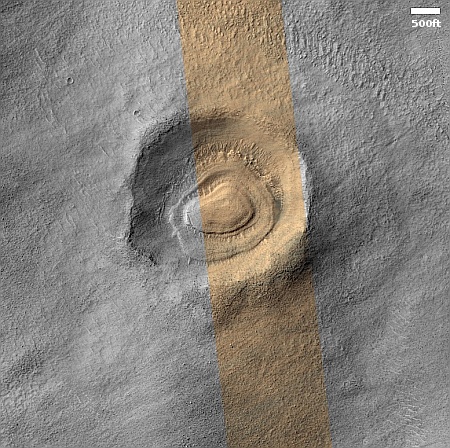Musk: Biden delayed the return of Starliner’s astronauts “for political reasons”
During a television interview with President Trump, Elon Musk suggested that the reason the two Starliner astronauts have been forced to remain on ISS for months was because of a political decision by the Biden administration last year.
The billionaire SpaceX CEO said his company was “accelerating the return of the astronauts” as per Trump’s instructions. Musk then appeared to take a shot at the Biden administration, saying the move was “postponed kind of to a ridiculous degree,” before the president chimed in saying “they got left in space.”
When Hannity pointed out the astronauts have been on the ISS for almost 300 days instead of the planned 8 days, Trump simply said “Biden,” before Musk claimed they were “left up there for political reasons, which is not good.”
While the decision to return Starliner unmanned certainly had a political component (a desire to avoid a disaster in the final year of Biden’s term), Musk’s claim is greatly exaggerated. Worse, Musk is papering over his own company’s contribution to the delays. Had SpaceX and NASA chosen in December to use an already existing Dragon capsule instead of a brand new capsule to launch the next crew to ISS, the astronauts would be home already. Instead, they decided to get that new capsule ready, requiring an almost two month delay in their return.
When it became obvious last month that even this extra time was insufficient to get the new capsule ready, only then did SpaceX and NASA choose to switch capsules. That switch allowed them to move up the return date by about a week.
In reporting Musk’s words here, our ignorant press has generally left these details out, allowing both Musk and Trump to make it appear as they are saviors for these poor astronauts. This is simply not true. SpaceX is certainly making it possible to bring them home (something Boeing was unable to do), but it also contributed to the delay in doing so.
During a television interview with President Trump, Elon Musk suggested that the reason the two Starliner astronauts have been forced to remain on ISS for months was because of a political decision by the Biden administration last year.
The billionaire SpaceX CEO said his company was “accelerating the return of the astronauts” as per Trump’s instructions. Musk then appeared to take a shot at the Biden administration, saying the move was “postponed kind of to a ridiculous degree,” before the president chimed in saying “they got left in space.”
When Hannity pointed out the astronauts have been on the ISS for almost 300 days instead of the planned 8 days, Trump simply said “Biden,” before Musk claimed they were “left up there for political reasons, which is not good.”
While the decision to return Starliner unmanned certainly had a political component (a desire to avoid a disaster in the final year of Biden’s term), Musk’s claim is greatly exaggerated. Worse, Musk is papering over his own company’s contribution to the delays. Had SpaceX and NASA chosen in December to use an already existing Dragon capsule instead of a brand new capsule to launch the next crew to ISS, the astronauts would be home already. Instead, they decided to get that new capsule ready, requiring an almost two month delay in their return.
When it became obvious last month that even this extra time was insufficient to get the new capsule ready, only then did SpaceX and NASA choose to switch capsules. That switch allowed them to move up the return date by about a week.
In reporting Musk’s words here, our ignorant press has generally left these details out, allowing both Musk and Trump to make it appear as they are saviors for these poor astronauts. This is simply not true. SpaceX is certainly making it possible to bring them home (something Boeing was unable to do), but it also contributed to the delay in doing so.










